Raw Food Diet Nutrition Facts
Eating your food raw sounds like a terrible idea at first. However, a raw food diet is about more than surviving on boring, undercooked meals. This diet combines veganism and raw food to present a healthy way of eating.
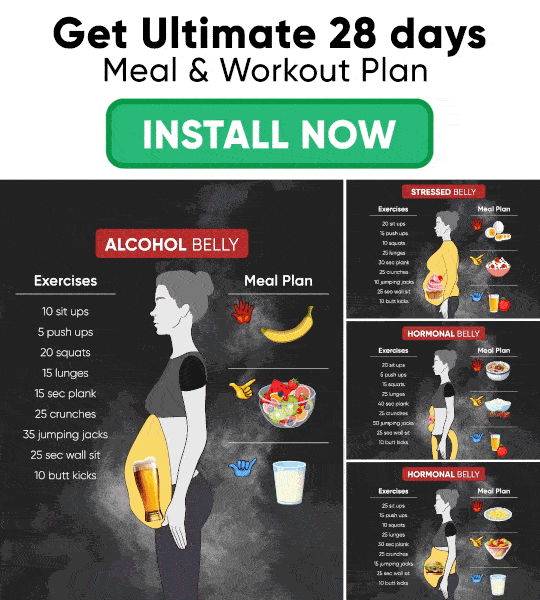
If you're not a fan of spending hours in the kitchen baking, grilling or sauteing, then this diet might just be what you're looking for. In this article, we review the raw food diet and its benefits, risks, and give a guide that will get you started.
What Is The Raw Food Diet?
The raw food diet is a dietary system that goes back to the basics. It involves eating vegan, organic foods that are uncooked, unprocessed, and not heated above 118 degrees Fahrenheit. Raw foodists consider this temperature to be high enough to cause major damage to nutrients in plants and other living things ( 9 ).
Raw foodism has two main camps: fruitarians and vegans who follow an animal-free diet of fresh, whole fruits and vegetables, seeds and nuts, sprouted grains and legumes (especially soybeans), tubers such as potatoes or yams – most of which either grow underground or on vines – simple sugars like honey, herbs such as mint and basil leaves.
In addition, some raw food enthusiasts also include seaweed (both the kelp and nori under categories of seaweed), sea vegetables, sea salt, and water.
Read More: Fruitarian Diet: Is Eating 'Nature's Candy' For Breakfast, Lunch, And Dinner Healthy?
What Are The Benefits Of The Raw Food Diet?
According to raw foodists, there are several advantages associated with a diet made up of uncooked foods that have not been processed or cooked in any way. While critics say that eating this way can lead to malnutrition and lethargy, proponents of the raw food diet argue that it is a pro-active lifestyle choice to live healthier and prevent degenerative diseases ( 6 ).
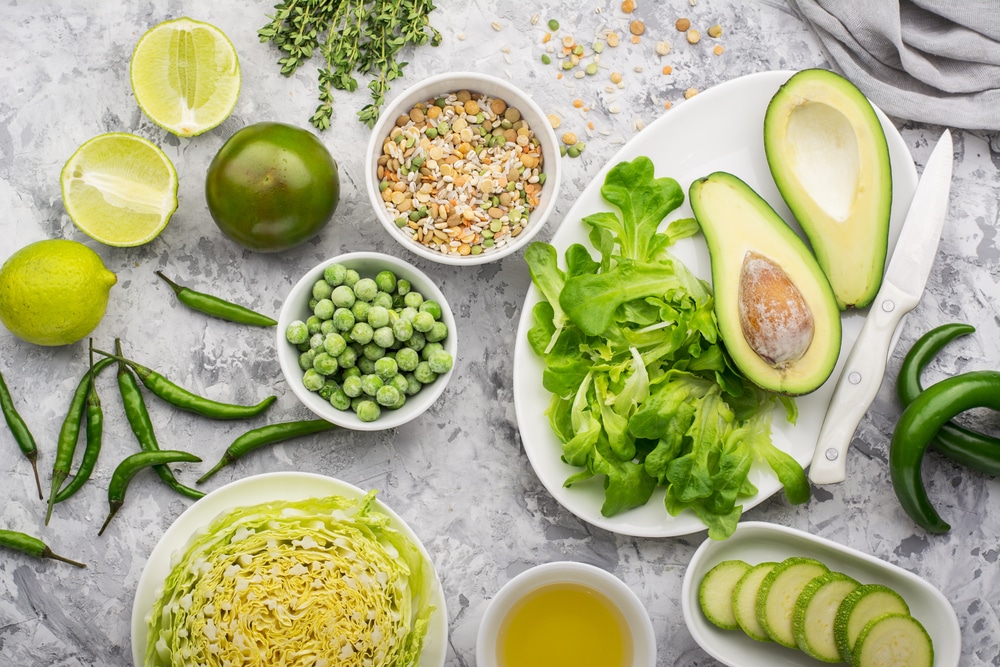
Simple Way To Get Maximum Nutrients From Food
The diet is not only a choice for those looking to lose weight, but also a philosophy of food consumption. By eating fresh fruits and vegetables, you are consuming them in their most natural form – which means they have full nutritional value. This makes the diet practical to follow, as it eliminates processed foods from your life. Intake of ultra-processed foods increases the risk of chronic diseases such as hypertension, obesity, diabetes and cardiovascular diseases ( 8 ).
Also worth noting is the fact that raw food contains more enzymes than cooked foods – so you are getting much of it when eating uncooked foods. The process of cooking sometimes strips food of its most valuable elements (nutrients) because heat destroys some of them ( 1 ).
Disease Prevention
A major benefit associated with this type of diet is that it may help fight diseases like cancer by increasing your nutrients' absorption rate. You'll be eating more fruits and vegetables, which are associated with better health and disease prevention. In addition, the fiber found in raw produce is great for the digestive system and helps regulate blood sugar levels and cholesterol content in the body ( 5 ).
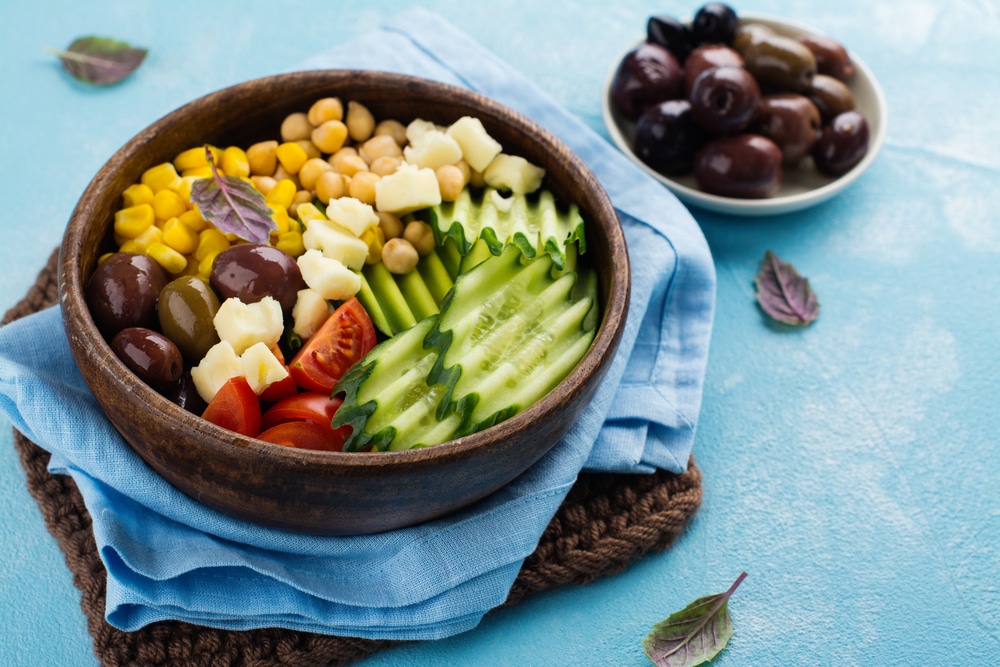
Aids Weight Loss
The raw food diet is an option for people who are looking to lose weight because it naturally reduces calorie intake. Most of the foods you are able to eat on a raw foods diet are both low in calories and highly filling. Several studies show that it promotes weight loss, although researchers have found that following a raw foods diet long-term can lead to too much weight loss, resulting in underweight and menstrual disturbances ( 2 ).
If you've mustered up the courage to crush your weight loss goal, let Betterme take the sting out of this demanding process. Our app will help you restructure your habits, remold your life and crank up your fitness results!
Save Money
To start with, you will be able to save money by preparing your own homemade versions of delicious foods such as cookies (raw chocolate brownies), lasagna (vegetable pizza) or cocktails (the fresher the fruit juice, the better). Making food from scratch also means you are in control of what goes into your body.
In addition, proponents argue that cooking removes much of the essential nutrients found in foods. For example, vegetables suffer a loss of 50 percent or more of their vitamin C during the boiling process, and many minerals are lost when they change form ( 3 ). However, alternative cooking methods can also be used to preserve nutrients in lieu of restricting to only raw foods.
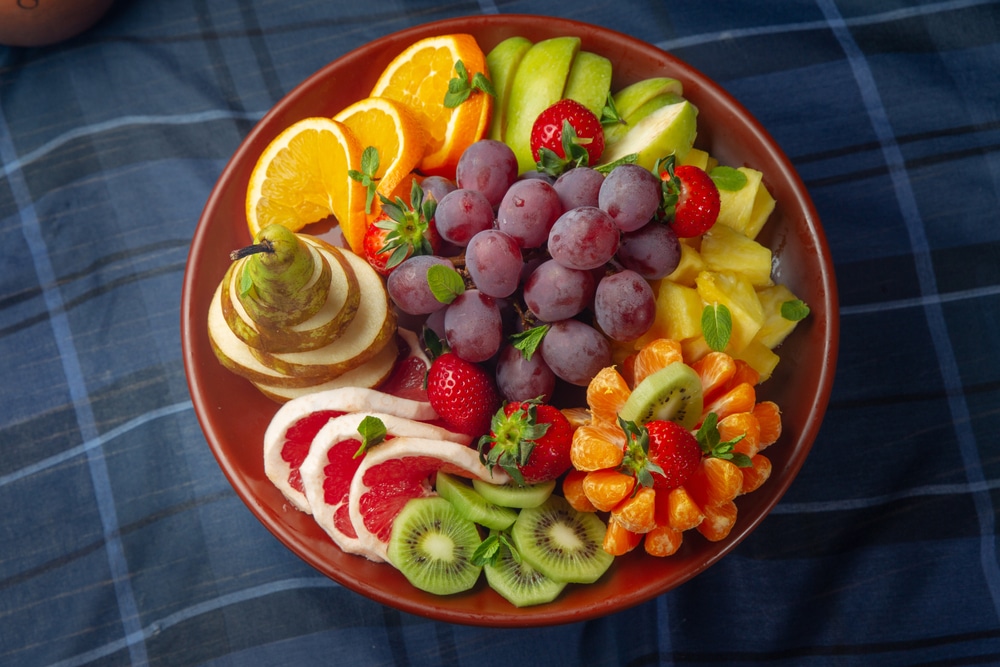
What Are The Risks Of The Raw Food Diet?
The biggest risk associated with a raw food diet is that it can easily lead to malnutrition. Most of the foods in this type of diet are fruits and vegetables, which are low in protein and calories (7). This means you may feel malnourished if you do not consume sufficient calories, protein, or certain vitamins while trying to follow an all-raw lifestyle.
Consuming a majority of raw foods can also cause complications for your intestines since these items have a higher amount of fiber and water than cooked foods. Since they are harder to digest in raw form, overconsumption can lead to diarrhea and/or constipation – both painful experiences that aren't ideal for anyone ( 7 ).
Read More: 10 Principles of Intuitive Eating for Those Who Are Eager To Get Off The Diet Roller Coaster
What Should I Eat On A Raw Food Diet?
The biggest question many raw food dieters have is what to eat. There are two ways to approach this question: you can either live on nothing but fruit and vegetables, or you can focus on vegan foods that include more items such as grains and legumes. The first option works well for people who wish to take a "purist" approach towards eating raw – while the second offers variety in your diet choices.
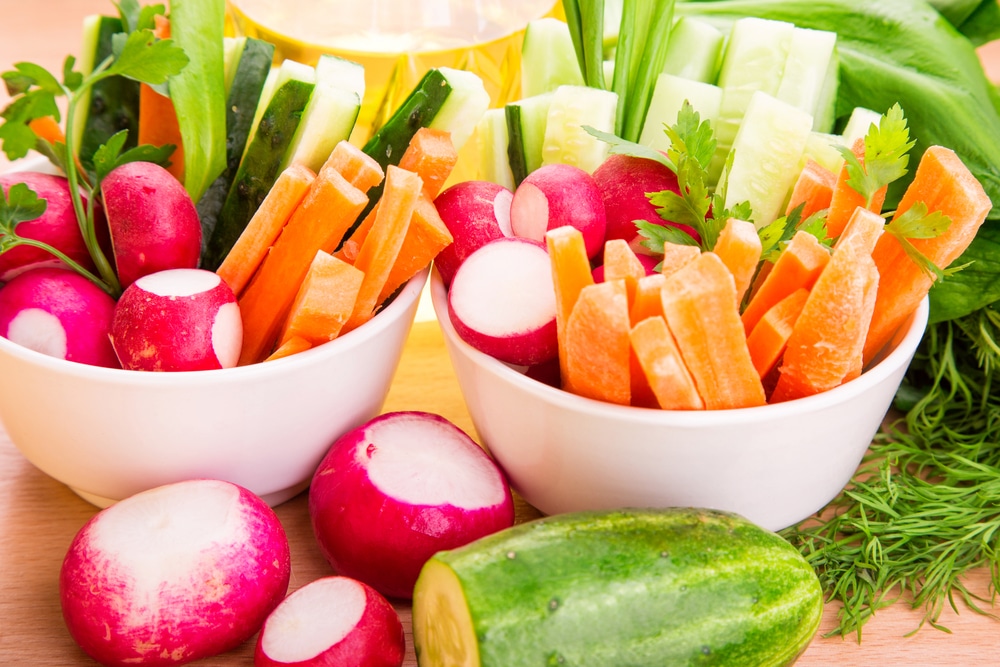
The Raw Food Diet Meal Plan
Believers of this way of eating advise a raw food diet meal plan beginners based on 40-50 percent carbohydrates (roughly four to five servings per day), 20 percent protein, and around 30 percent fats (a few servings of avocado, nuts, and/or seeds every day should be enough).
If you're making a raw food diet weight loss meal plan, you'll have to adjust your macros accordingly just like you would with any other weight loss diet ( 4 ). Probably lower the carb content and increase the portions of protein and healthy fats. On the other hand, a raw food diet muscle gain meal plan would have more protein, moderate carbs, and less fat depending on your target gains.
Here's a simple raw food diet meal plan for someone starting out on this way of eating:
Day One
- Breakfast: Raw oatmeal with raw nuts and raisins (you can add cinnamon, as well)
- Lunch: Avocado slices on a bed of arugula salad with tomato and red onion
- Dinner: Veggie chili made from legumes, whole grains sprouted lentils or quinoa, avocado slices, and fresh cilantro leaves
- Snack: Carrot sticks dipped in tahini sauce (sesame paste), sun-dried tomatoes, artichokes dip/cheese spread)
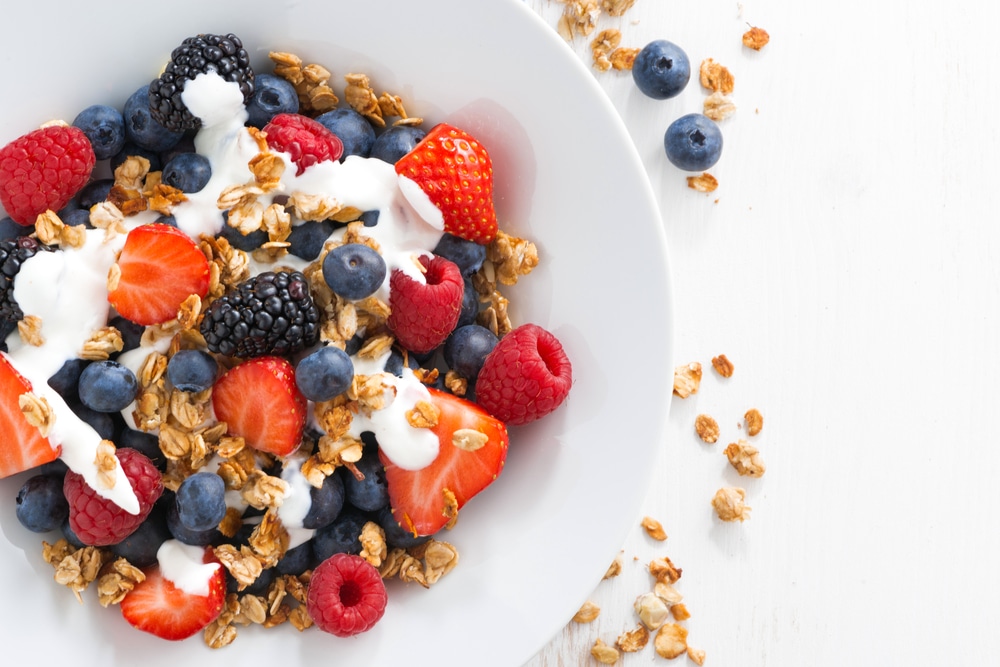
Day Two
- Breakfast: Raw muesli made with oats, raisins, nuts, and seeds
- Lunch: Green salad with tomatoes, onions, sprouted lentils or beans, and avocado slices
- Dinner: Spiralized carrots with sun-dried tomatoes, fresh tomatoes, basil, and cashew dressing
Reasons why BetterMe is a safe bet: a wide range of calorie-blasting workouts, finger-licking recipes, 24/7 support, challenges that'll keep you on your best game, and that just scratches the surface! Start using our app and watch the magic happen.
Day Three
- Breakfast: Sprouted bread made by soaking rye bread in water overnight then throwing it into a dehydrator until dry. Add some cinnamon if you like. You can make similar versions using buckwheat or mixed grains.
- Lunch: Tomato soup served with avocado slices and sprouted lentil chips
- Dinner: Raw veggie burger served with a green salad and sprinkled with walnuts, sunflower seeds, and pumpkin seeds (you can also use some cooked brown rice or quinoa as a base for the patties).
Day Four
- Breakfast: Raw overnight oats with a spoonful of nut butter and banana slices
- Lunch: Raw pizza served with a green salad
- Dinner: Zucchini pasta with sauce made from tomatoes, and basil (you can also add pine nuts for some creamy texture)
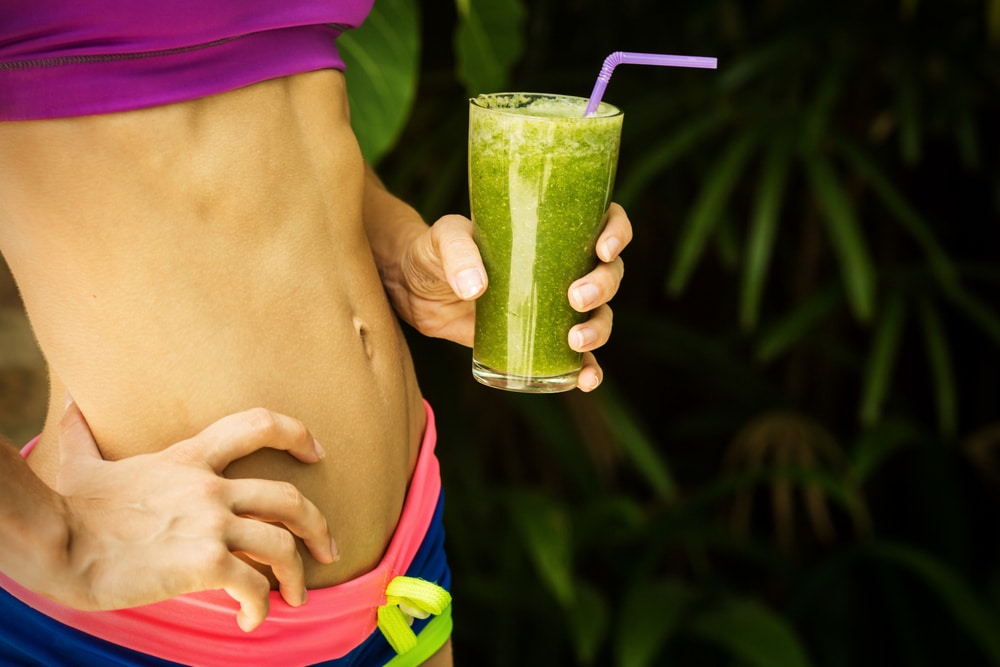
Day Five
- Breakfast: Melon Granola Bowl
- Lunch: Raw vegetable salad with avocado, sprouted lentil patties and a side of apple cider vinegar dressing
- Dinner: Avocado rolls stuffed with seaweed salad, sliced cucumber, grated carrots, mint leaves, and microgreens. Top it off with some lemon zest and cranberries for a tangy taste.
- Snack: Sliced fruit in season (mango is recommended)
Day Six
- Breakfast: Kale chips with nut cheese spread on top
- Lunch: Raw spiralized vegetables tossed in olive oil for dipping along with raw veggie sushi roll that has asparagus, nori sheet, red bell pepper, and avocado
- Dinner: Green Smoothie made from a few cups of spinach, half an avocado, one banana, 1/2 cup frozen berries, and water.
- Snack: Almond butter apple slices with cinnamon
Day Seven
- Breakfast: Raw vegan protein pancakes topped with nut butter or goji berries (optional)
- Lunch: A green salad dressed in olive oil-based dressing with alfalfa sprouts, pumpkin seeds, sunflower kernels, and hemp seed hearts on top along with raw crackers that are made from nuts and vegetables rather than flour.
- Dinner: Vegan sushi roll (made from tomatoes instead of fish) stuffed with raw veggies such as cucumber slices, watermelon radishes, carrot shreds, avocado slices, and daikon radish sprouts along with kimchi on top
- Snack: Avocado apple slices for a healthy combination of fiber and essential fats.
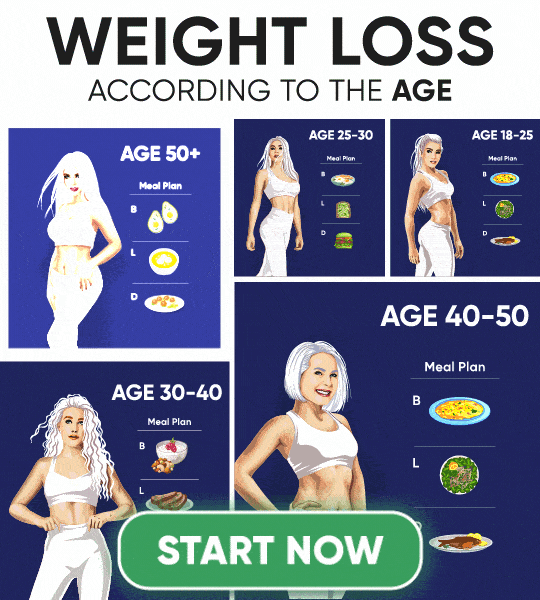
The Bottom Line
The raw food diet is said to be beneficial for maximum nutrient absorption since without being subjected to heat, all enzymes and nutrients remain intact. It can also lead to adopting habits such as eating more fruits and vegetables, than are positive for overall health and well-being. However, it's also a bit restrictive when compared to other traditional diets, and may lead to excessive weight loss and malnutrition in the longer term. To make sure you are getting enough essential nutrients and energy, you'll need to plan out your meals and may want to consult with a dietitian.
Supplement your diet with some exercise to double your results. Check out this 20-min Full Body Workout at Home.
DISCLAIMER:
This article is intended for general informational purposes only and does not address individual circumstances. It is not a substitute for professional advice or help and should not be relied on to make decisions of any kind. Any action you take upon the information presented in this article is strictly at your own risk and responsibility!
SOURCES:
- Carotenoid analyses of selected raw and cooked foods associated with a lower risk for cancer (1990, pubmed.ncbi.nlm.nih.gov)
- Consequences of a Long-Term Raw Food Diet on Body Weight and Menstruation: Results of a Questionnaire Survey (1999, karger.com)
- Cooking losses of thiamin in food and its nutritional significance – (1990, pubmed.ncbi.nlm.nih.gov)
- Defining the Optimal Dietary Approach for Safe, Effective and Sustainable Weight Loss in Overweight and Obese Adults (2018, ncbi.nlm.nih.gov)
- Long-term consumption of a raw food diet is associated with favorable serum LDL cholesterol and triglycerides but also with elevated plasma homocysteine and low serum HDL cholesterol in humans (2005, pubmed.ncbi.nlm.nih.gov)
- Nutritional Update for Physicians: Plant-Based Diets (2013, ncbi.nlm.nih.gov)
- Raw Food Diet Review: Benefits, What You Eat, & More Does cooking food lower its nutritional (2021, webmd.com)
- Ultra-Processed Foods Are Not "Real Food" but Really Affect Your Health (2019, ncbi.nlm.nih.gov)
- What is a raw foods diet and are there any risks or benefits associated with it? (2004, jandonline.org)
Source: https://betterme.world/articles/raw-food-diet-meal-plan/
0 Response to "Raw Food Diet Nutrition Facts"
Post a Comment